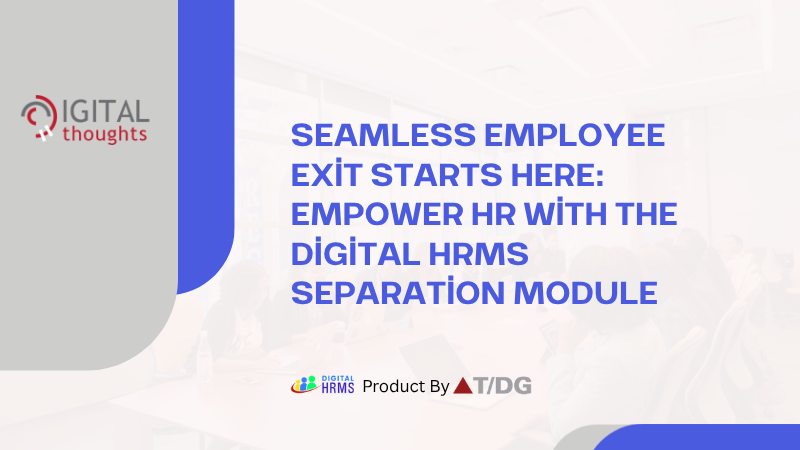Enhance Your HR Operations in 2025: Effective Strategies for Employee Separation Management

Rethinking Employee Separation in the Digital Era
The world of work is changing at lightning speed, and it’s crucial for companies to rethink how they handle employee separations. What used to be a straightforward administrative task has transformed into a vital aspect of HR management, influencing everything from brand image to compliance and the potential for future hires.

Understanding Employee Separation in Modern Workplaces
Employee separation can happen in a couple of ways: it might be voluntary, like when someone resigns or retires, or it could be involuntary, such as during layoffs or terminations. Each scenario calls for a specific approach, but they all share the need for consistency, empathy, and thorough documentation to safeguard the organization’s interests and maintain professionalism.
The Importance of Structured Separation Processes
Having a clear and organized employee separation process is key to avoiding workflow hiccups and reducing risks. When everything is well-planned, departments can transition more smoothly, and HR can ensure that all legal and operational responsibilities are met, particularly during resignations and the notice period.
Common Challenges in Employee Separation Management
HR teams often run into delays when dealing with resignation letters and necessary documentation, or they may face miscommunication between departments, which can lead to last-minute chaos. Without a centralized system to track everything, important tasks like returning company assets, settling final payments, or transferring knowledge can easily slip through the cracks.
Strategizing the Resignation and Notice Period
The resignation and notice period should be a time for effective knowledge transfer and task handover. HR can make the most of this time by working closely with team leaders to establish clear exit deliverables, ensuring that the departing employee leaves with their responsibilities smoothly transitioned.
Optimizing Documentation: Resignation Letter and Beyond
When the human resources team receives a resignation letter, it should kick off a smooth exit process. This means acknowledging the letter, noting the employee's last working day, starting the asset clearance, and holding a structured exit interview.
Automation and the Process of HR Management
Relying on manual methods for managing employee separations can be a real drain on time and is often riddled with human errors. By automating these processes with HR management software, every step—from the moment a resignation is submitted to the final clearance—is accurately recorded, timed, and executed flawlessly.
HR Management Software as a Strategic Enabler
Embracing modern HR management software gives organizations a competitive advantage by bringing all employee exit processes into one cohesive platform. It ensures accurate tracking of resignation actions, promotes compliance, and empowers HR teams to make data-driven decisions.
Benefits of Digital HRMS Separation Module
The Digital HRMS Separation Module is designed to enhance the exit experience for both employees and HR teams. With features like automated reminders, document tracking, smooth coordination with finance and IT, and a clear checklist system, organizations can handle resignations and notice periods with both precision and empathy.
Key benefits include:
- Real-time visibility into resignation and clearance status
- Consistent application of company separation policies
- Seamless handover and final settlements
- Historical records for audits and insights on rehiring
Transform your HR operations with Digital HRMS and experience seamless employee separation management today.
